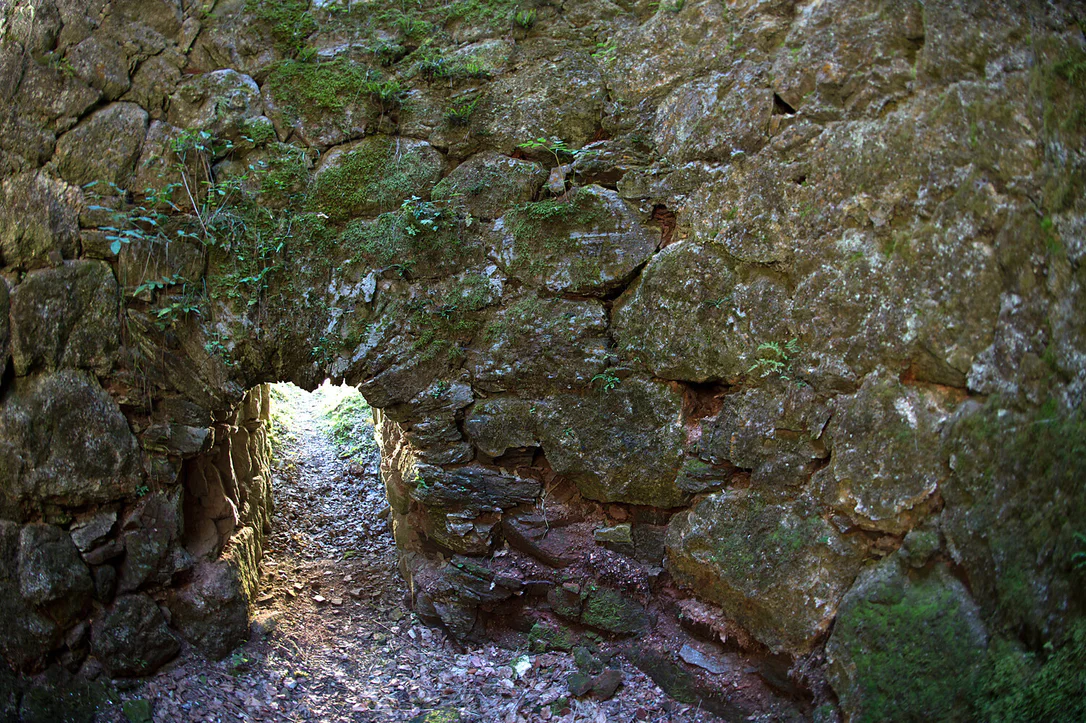The ruin of St. Valentine was the precurser of today's church in Salonetto/Schlaneid. The wooden church was build in the 8th century, but was replaced by a stone church just one century later. In the following 1000 years the church was architecturally changed multiple times, and completely renewed in 1770, when the church was replaced by a new one in the village center.















































































































